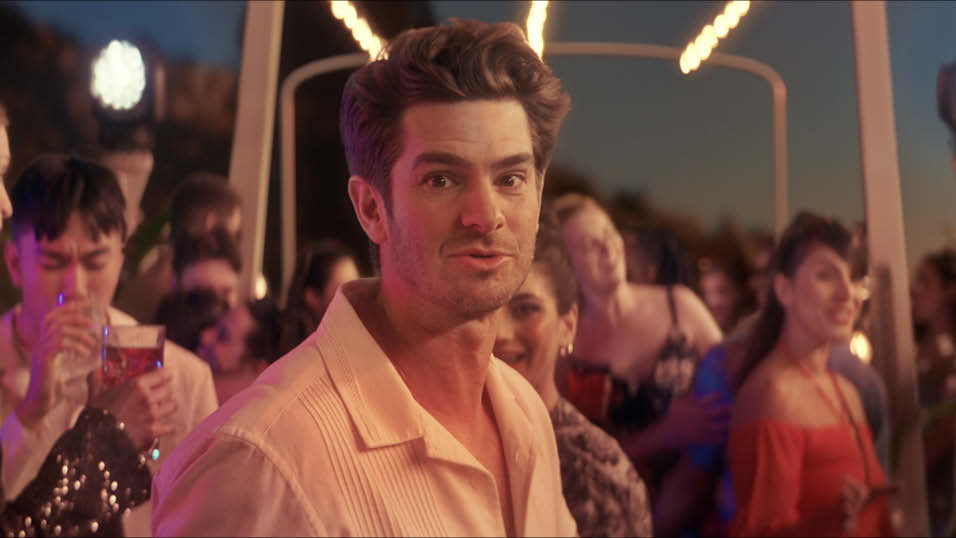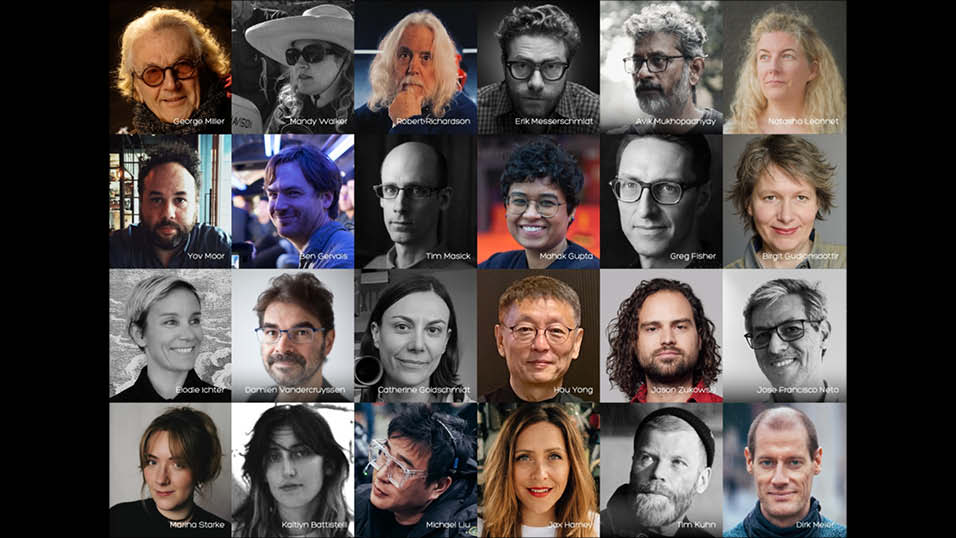Core Post’s Matt Brown on the HDR grade and key scenes in the third season of Sky Original, Brassic
Brassic is a comedy series set in North West of England, which follows the misadventures of Vinnie (Joe Gilgun), Erin (Michelle Keegan) and their friends, as they commit petty crimes in an attempt to make a quick buck.
Core Post’s Matt Brown, based at Salford’s Media City, is part of the team who have been working on the show since the first series of Brassic aired in 2019, with VFX compositing completed by Digital Imaging FX.
Going into season three, consistency in the grade was key, according to Brown. “I’ve taken stills from every scene in previous series and archived for referencing. And so, while the look has evolved over time, they do provide a working reference for key locations, such as the pub and people’s homes.”
In evolving the look, Core Post and DP Richard Stoddard have struck a balance that works well for the current series, where warmth is added to safe and familiar locations, and blues are added to cold and hostile environments.
“The great thing about Brassic is that it’s so well shot, I can’t really fault what I receive. Getting such well-balanced footage gives us the chance to experiment, to bring something extra to the table and that’s what I love,” says Brown.
What was different on series three was the introduction of straw filters to keep the warmth in skin tones when blues were added in the grade. “The straw filters worked out well, producing realistic colour in the skin tone but not too detrimental at the top end,” explains Brown. “The skin tones are protected when it comes to adjusting overall colours in the grade.”
Brassic is shot in 4K anamorphic for 2.35.1 delivery. 16:9 versions are created with masks, as well as a full frame 16:9 version for worldwide delivery through ITV International. Early on in the programme’s creation the decision was taken for a more filmic look, which also lends itself to more characters on screen at once.
“The grade took place over six months and in challenging circumstances given the lockdowns, we couldn’t always get people in the room. At times I was physically on my own handling the grade in isolation, which is quite a daunting proposition given grades are such a collaborative process,” says Brown.
The team took a complete first pass of the grade in HDR, alongside long time collaborators Digital Imaging FX.
“We didn’t want to create a huge amount of back and forth, across multiple versions in the online,” explains Brown. “We designed a workflow that worked around the circumstances and ensured a streamlined process.”
The first pass was then sent to the director and DP for initial feedback, once that feedback was included and the team were closer to a final version, the other key stake holders came in to view the grade and sign it off. There was then a final skim pass before the team created the SDR version for a separate submission.
“We created adjustment layers, for the HDR and SDR versions, so that anyone working on the project could quickly move between versions by disabling features and turning off output mapping,” says Brown.
He continues: “When working in HDR specular highlights can often be so far gone you have to retrieve them by creating a key and you can end up keying every shot in certain scenes. That’s where specific HDR controls come in useful, as does a close relationship with VFX, who can also provide solutions.”
Brown went into detail on a scene in the new series which proved a challenge, the characters were outside at night, it needed to look as though they had been there for some time but there was little change in the conditions.
Brown found a creative solution solely using DaVinci Resolve’s colour page, he says, “Artificial moonlight was the key light source in the scene so I built a moon which changed position in the sky to illustrate time passing.”
“I created a power window, over exposed that section of the frame, then luma keyed behind the branches of the tree. Then I created a second power window which was the same but lowered the opacity and heavy feathered it, that created the glow.
“It’s only possible in Resolve because of the 32 bit image processing and the colour graduation, without the need for a plugin. The moon wasn’t asked for or required, but it brings a nice little touch to the scene, that’s the stuff that I love doing.”
Final delivery for Sky was Ultra HD HDR, a format which Core Post has adopted throughout the show’s production, while an SDR version was also produced simultaneously.
Brassic returned for its third series on Sky One on the 6th of October 2021, filming for series four began in August 2021.
Jon Creamer
Share this story


















